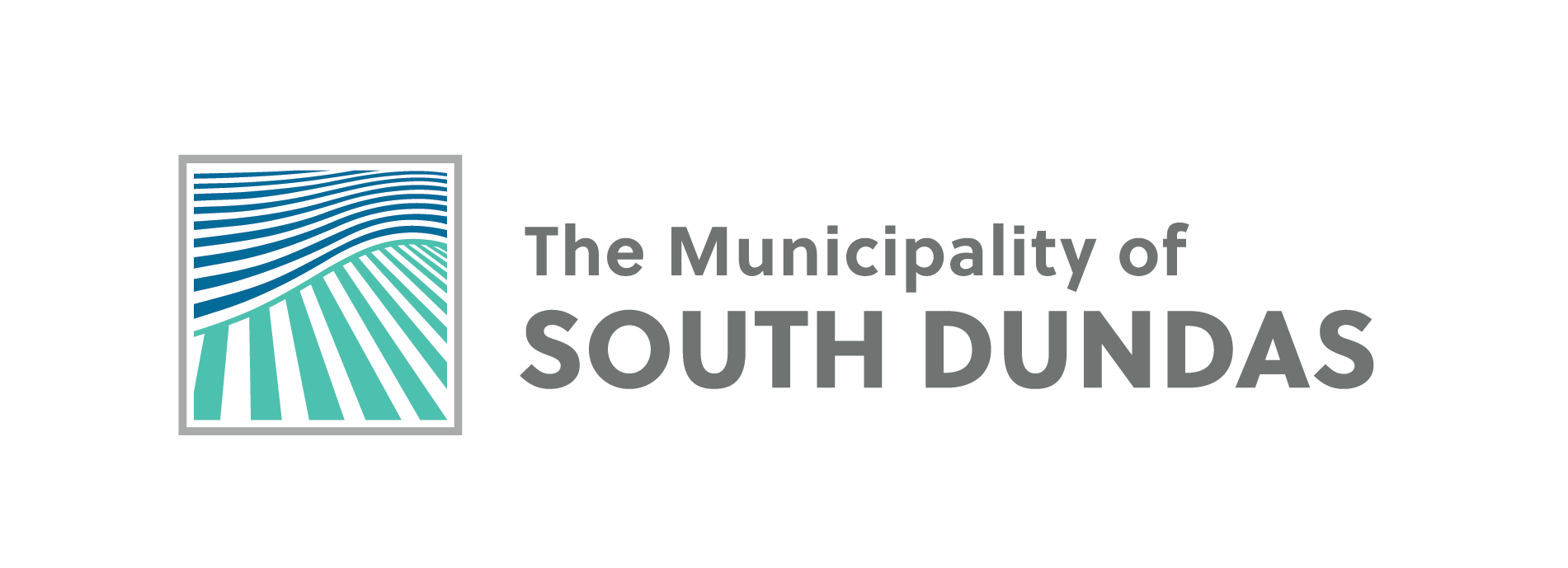Dundas County has been home to two known First Nations groups. First the St. Lawrence Iroquoians in the 13th and 14th centuries and later the Iroquois of St. Regis/Akwesasne.
The St Lawrence Iroquoians were a prehistoric Indigenous cultural group who spoke Laurentian languages and were noted for an emphasis on agriculture. They were often referred to as the people of the corn. They concentrated along the St Lawrence River, on both shores in the 13th and 14th centuries, and then disappeared. It is believed that they either died off due to disease, were killed off in tribal wars or amalgamated into other groups. It is also noted that they were not related to the Iroquois at St Regis / Akwesasne, who arrived in the United Empire Loyalist immigration to the area after the American Revolution.
There are two archaeological sites in Dundas County. The Beckstead Site in Williamsburg consisted of Longhouses, defensive walls agricultural and ceremonial areas as well as burials. It is dated between 1360 and 1470, the same range as the Steward Site in Morrisburg. The Steward site was a seasonal fishing station providing food resources to the village in what would become Williamsburg.
The Steward Site is in Morrisburg by Stata Bay. Archaeology reports indicate it was occupied in the spring and the fall to harvest fish and other marine animals. The site has samples of two creatures that are now extinct; one was the passenger pigeon.
No one knows what happened to the St Lawrence Iroquois. There was no sign of them when Samuel de Champlain explored the River in 1608. The settlements in Dundas County remained hidden until the Loyalist settlers arrived after 1784 to discover burial mounds. These were all flattened by early settlers.
Early records of the region mention that the settlers flattened the mounds as it conflicted with plans to clear land and farm. Word of the mounds did trickle down to the Smithsonian Institution and they sent someone to investigate. However, by the time they got here, the mounds were no more. This is an incredibly sad piece of our history.
There were a number of different excavations in Williamsburg but the big one was in 1977 by the Archaeological Survey of Canada. It was of course, as most of them are a rescue dig. They had a very short time frame to investigate while there was a tight deadline for road construction due to the widening of highway 31.
The excavation is well covered in the local newspapers and there are archaeological reports. Copies of which are available at the Dundas County Archives. There are also copies of many other associated excavations of St Lawrence Iroquois along the Seaway. The excavation was only for a very tight area but showed evidence of many long houses, agricultural areas, ceremonial areas, and some burials.
South Dundas has known a long occupation in this region of the now extinct St Lawrence Iroquois. They were around in the 12th to 14th centuries. There was an archaeological void of indigenous occupation in the area until the loyalist period when the Akwesasne moved into this area with the loyalists in 1784. It is often felt that South Dundas' history began with the loyalists but like many communities in our Country this is not the case.
To read more about the St. Lawrence Iroquoians please find the resources below.
To read more about Truth and Reconciliation in Canada:

